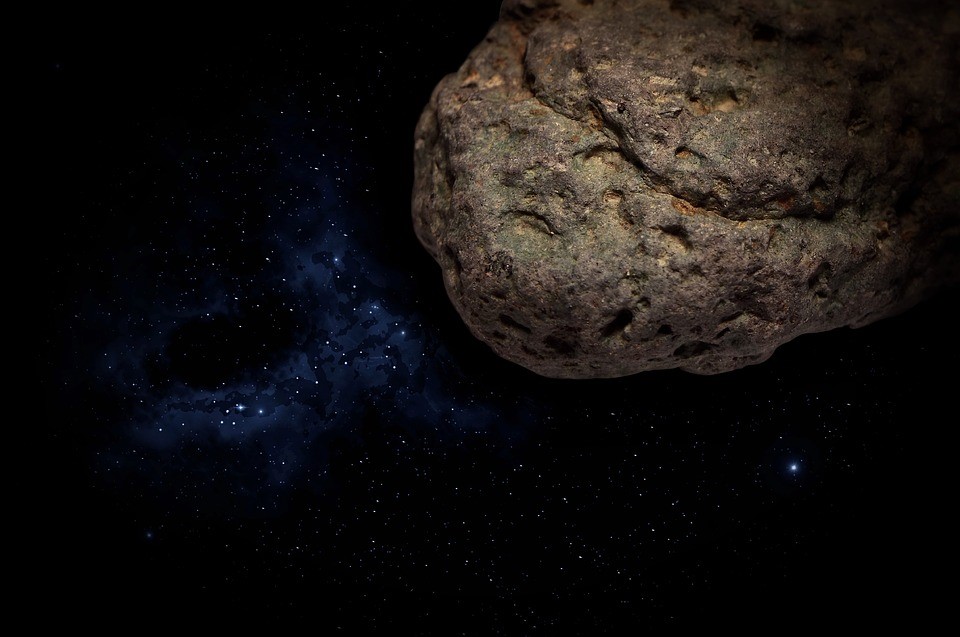
By Heather Hamilton, contributing writer
NASA has moved a mission to visit asteroid 16 Psyche to 2026. The asteroid is estimated to be worth more than $10,000 quadrillion — more than the global economy — thanks to the nickel-iron metal that makes it up. NASA’s mission will seek to identify the metals and not extract them, which might be a good thing: Futurism speculates that, because the global economy sits at only $78 trillion, the asteroid would crash it.
The mission’s lead scientist, Lindy Elkins-Tanton, echoed this sentiment in an interview with Global News :“Even if we could grab a big metal piece and drag it back here … what would you do? Could you kind of sit on it and hide it and control the global resource — kind of like [how] diamonds are controlled corporately — and protect your market? What if you decided you were going to bring it back and you were just going to solve the metal resource problems of humankind for all time? This is wild speculation, obviously.”
If NASA is successful, it will be the first chance humans have had to explore something made of iron, as opposed to ice or rock. The goal is to make contact by 2026, beginning in 2022. Originally, NASA had slated the mission to begin in 2023, but thanks to the team’s discovery of efficient, lower-cost trajectories, it has been moved up.
In a NASA press release , director of the Planetary Science Division at NASA, Jim Green, said, “We challenged the mission design team to explore if an earlier launch date could provide a more efficient trajectory to the asteroid Psyche, and they came through in a big way. This will enable us to fulfill our science objectives sooner and at a reduced cost.”
Elkins-Tanton says that the biggest advantage is the excellent trajectory, which will get astronauts there twice as fast and at a lower cost. “We are all extremely excited that NASA was able to accommodate this earlier launch date. The world will see this amazing metal world so much sooner.”
The increased efficiency is the result of the elimination of the need for Earth’s gravity and farther distance from the sun, which reduced the amount of heat protection necessary. NASA Project Manager, Henry Stone, believes that the change in plans has provided a great boost for the team and mission. “Our mission design team did a fantastic job coming up with this ideal launch opportunity,” he commented.
According to NASA, the Psyche spacecraft is being built by Space Systems Loral in Palo Alto, California. They redesigned the solar array system from a four-panel array in a straight row on either side of the spacecraft to a more powerful five-panel, x-shaped design. SSL Psyche Program Manager, Steve Scott, says that the increased size of the solar arrays give the spacecraft the power it needs to support the updated mission.
The existence of 16 Psyche raises questions about the future of space mining, which Futurism thinks we’re likely to see in the future, especially if there’s ever a colony on Mars. Dr. Phil Metzger, formerly of NASA, presented a report last year in which he presented the possibility of space mining using current technology. He estimates that it will happen within a few decades. Metzger believes that the biggest challenge is convincing people that it is a realistic goal. If NASA can make it happen, the burden to extract metals from Earth will be greatly reduced.
16 Psyche is one of the biggest asteroids discovered on the asteroid belt and measures 240 km in diameter. Ceres, the largest, measures 945 km in diameter. Of course, it isn’t made from exposed metal.
Sources: Futurism, Global News, NASA, Florida Space Institute
Image Source: Pixabay
Advertisement
Learn more about Electronic Products Magazine





